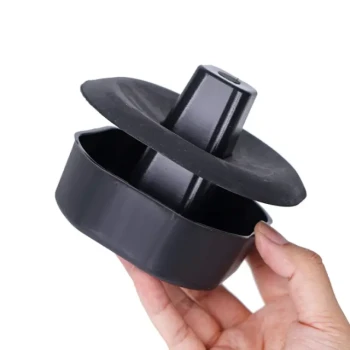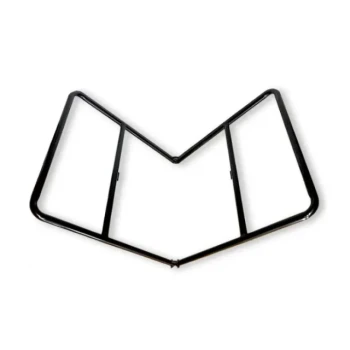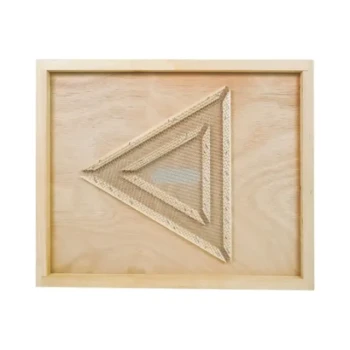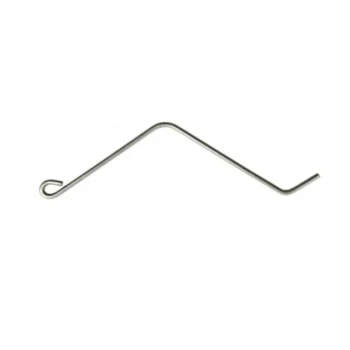In short, a stable hive stand is essential. It provides a secure, level platform that protects the hive from ground moisture, deters pests, improves ventilation, and raises the hive to an ergonomic height that reduces physical strain on the beekeeper.
A hive stand is not a mere accessory; it is a foundational piece of equipment. Investing in a proper stand directly translates to a healthier, more productive colony and a more sustainable, enjoyable beekeeping practice.
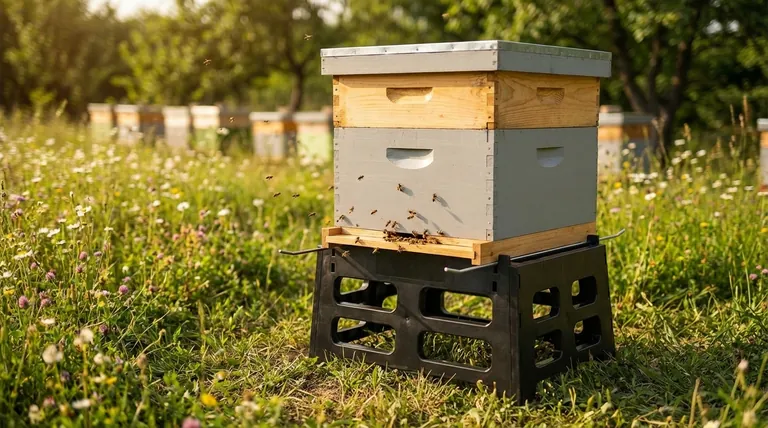
Ensuring Structural Integrity for the Hive
A beehive can become incredibly heavy, often exceeding 200 pounds (90 kg). A stable stand is the first line of defense in managing this weight and ensuring the hive's physical security.
A Level and Solid Foundation
A hive must be perfectly level from side to side to ensure the bees draw their comb straight down within the frames. A slight forward tilt is often recommended to help rainwater run off the landing board, but the side-to-side level is non-negotiable for proper comb construction.
A dedicated stand provides a consistently level surface, unlike the bare ground which can shift, erode, or become soft after rain.
Withstanding Weather and Weight
As you add heavy honey supers, the hive's center of gravity rises, making it more susceptible to tipping. A stable, wide-based stand secures the hive against strong winds or accidental bumps.
This stability prevents catastrophic hive falls, which can destroy comb, kill the queen, and cause the loss of a colony.
Creating a Healthier Hive Environment
Raising a hive off the ground fundamentally changes its micro-environment, offering significant advantages for bee health.
Defending Against Pests and Predators
Elevation is a simple but effective pest deterrent. It makes it more difficult for pests like ants, mice, and skunks to gain access.
Skunks, for instance, will scratch at a hive entrance to lure guard bees out to eat them. Raising the hive forces them into a more vulnerable, upright position, which they dislike.
Preventing Moisture and Rot
Direct contact with the ground exposes the hive's wooden bottom board to constant dampness. This leads to wood rot, which compromises the hive's structure and longevity.
Keeping the hive elevated allows air to circulate underneath, keeping the bottom board dry and preventing the growth of mold and mildew inside the hive.
Improving Airflow and Ventilation
Proper ventilation is crucial for a colony. It helps the bees manage temperature and, most importantly, allows them to cure honey by evaporating its water content.
A hive stand improves airflow around and under the entire hive, especially if you are using a screened bottom board, which aids in both ventilation and mite control.
Enhancing the Beekeeper's Experience
A well-designed stand makes the physical work of beekeeping safer and more efficient.
Reducing Physical Strain
Bending over a ground-level hive for inspections places significant strain on your back and knees. A stand that raises the hive to waist or thigh height makes inspections far more comfortable.
This ergonomic benefit becomes critical when you need to lift heavy boxes filled with honey.
Streamlining Hive Inspections
A stable, accessible hive makes every task easier. You have a clear area to work, place tools, and set aside frames or hive bodies during an inspection without worrying about uneven ground or obstructions.
Understanding the Trade-offs
While highly recommended, the choice of a hive stand involves practical considerations.
Cost vs. Durability
Commercial hive stands offer excellent durability but come at a cost. Many beekeepers opt for DIY solutions like cinder blocks or custom-built wooden stands.
While cinder blocks are cheap and rot-proof, they can be heavy, retain moisture, and offer hiding places for pests like spiders and ants. A poorly built wooden stand may be less stable than no stand at all.
The Question of Height
There is a trade-off with height. A higher stand is better for your back and for pest control, but it can make lifting heavy honey supers onto the top of the hive more difficult.
The ideal height is a personal balance between ergonomic comfort for inspections and your ability to safely lift heavy boxes.
Making the Right Choice for Your Goal
Select a stand that aligns with your primary beekeeping objectives.
- If your primary focus is maximum hive health: Choose a stand that offers at least 12-18 inches of elevation to maximize protection from moisture and pests.
- If your primary focus is beekeeper comfort: Select a stand that raises the hive's lowest box to a comfortable working height for your body, minimizing bending.
- If your primary focus is budget: Simple, sturdy cinder blocks are a viable starting point, but ensure they are arranged to create a wide, stable, and level base.
Ultimately, providing a stable and elevated foundation for your hive is one of the most effective early decisions you can make for the long-term success of your colony.
Summary Table:
| Benefit | Key Advantage |
|---|---|
| Hive Health | Protects from ground moisture, pests (ants, skunks), and improves ventilation. |
| Structural Integrity | Provides a level foundation for proper comb building and prevents tipping. |
| Beekeeper Ergonomics | Raises hive to a comfortable height, reducing back strain during inspections. |
Ready to build a stronger foundation for your apiary? HONESTBEE supplies durable, commercial-grade hive stands and beekeeping equipment designed for the demands of commercial apiaries and distributors. Our wholesale-focused operations ensure you get the reliable, stable equipment your colonies need to thrive. Contact us today to discuss your hive stand requirements and elevate your beekeeping operation.
Visual Guide
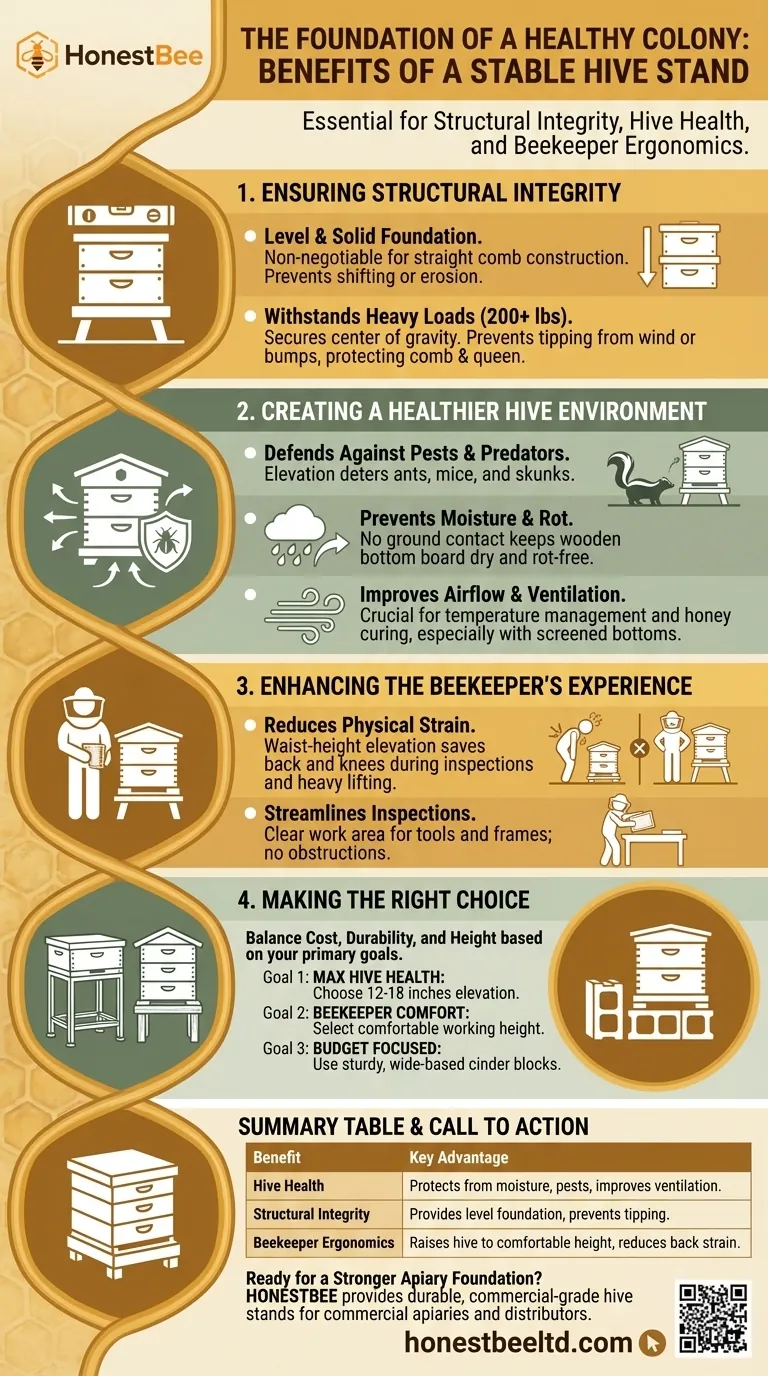
Related Products
- Plastic Bee Hive Stand for Beekeeping
- Professional Engraved Round Hive Number Tags for Beekeeping
- Professional Ant-Proof Beehive Stand with Integrated Moat for Beekeeping
- Wholesales Dadant Size Wooden Bee Hives for Beekeeping
- Professional Galvanized Hive Strap with Secure Locking Buckle for Beekeeping
People Also Ask
- What is the purpose of a hive stand in a Langstroth hive? Protect Your Hive and Boost Colony Health
- How do bees regulate the temperature of their hive during the summer? Discover Their Natural Cooling System
- What are the advantages of polystyrene hives for beekeeping? Boost Colony Health & Honey Yields
- How do bees regulate ventilation and temperature in the hive? Master Hive Climate Control
- How does the longevity of plastic bee hives compare to wooden hives? Discover the Durable Choice


